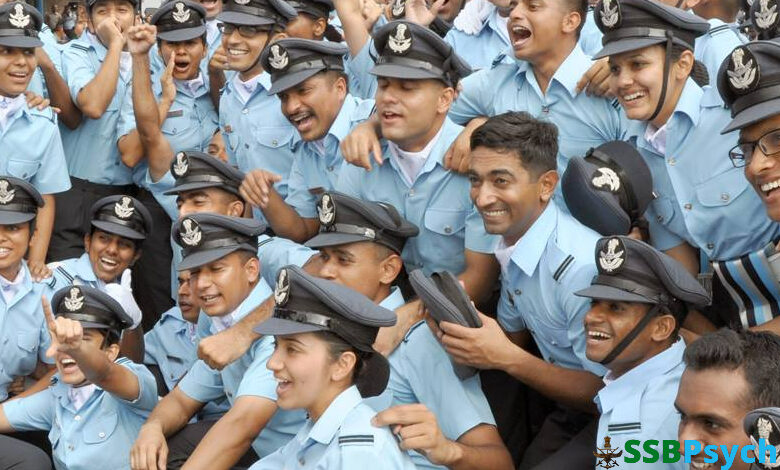
Indian Air ForceLatest NewsRepeater's Experience
Screen In: AFCAT 2 2021 |Batch 27th Dec’21 | Check Questions Asked

Some Questions Shared with us

Village background a house entrance a girl sitting on the left and a guy standing on the right

- Rivers of India
- Privatisation of PSUs
- Nuclear reactor
- Robotics
- Online games
- Road safety
- Indian judicial system
- Vaccine
- European Union
- Emotional intelligence
- GDP
- Cyberwarfare
- Indian armed forces
- Satellite technology
- Human evolution

Which is contributing more to Indian GD?
- Agriculture
- Manufacturing
- Marketing
Important Links
| For Regular Updates Join SSBPsych Telegram Group | Click HERE |
| Download SSBPsych Android Application | Click HERE |
| Get AFCAT 1 2022 Free Online Test series | Click HERE |







